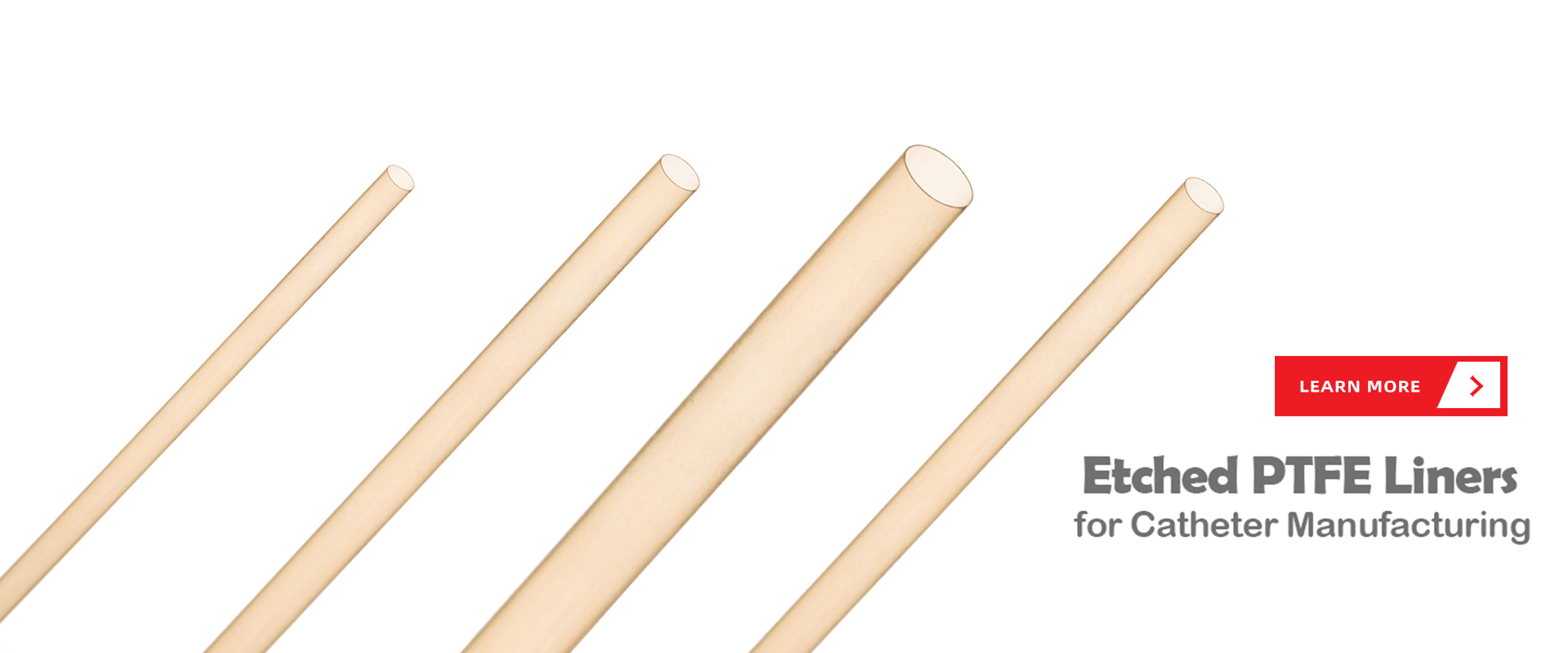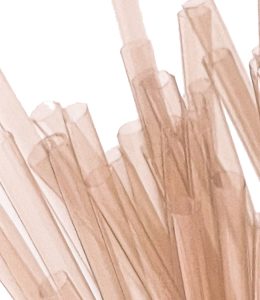
The Benefits of Etched PTFE
29 January 23
Etched PTFE is a type of polytetrafluoroethylene (PTFE) that has been etched, or chemically treated, to create a roughened surface. This roughened surface can increase the material’s adhesion properties, making it useful in applications such as gasketing, sealing, and coatings. Etching PTFE can also be used to create a microporous structure, which can be used in filtration and membrane applications.
Etched PTFE (Polytetrafluoroethylene) is a polymer material manufactured to produce sheets and tubes of various sizes, thicknesses, and shapes. It is a high-performance material that is extremely durable and resistant to wear and tear. It has countless applications across many markets, including automotive, aerospace, medical, and construction.
The benefits of etched PTFE can be seen in its superior mechanical properties, high chemical resistance, and excellent thermal stability. In this blog, we’ll discuss the various benefits of etched PTFE, its types and applications, how it is made, and its advantages and disadvantages.
What is Etched PTFE?
Etched PTFE is a highly specialized form of polytetrafluoroethylene (PTFE). It is made by etching the surface of the PTFE to create a uniform and controlled pattern. This creates a roughened surface to which other materials, such as metals, can be bonded.
The etching process is carried out using either an acid or a laser. The acid etching process is the most commonly used and it involves submerging the PTFE in a bath of acid and allowing it to react with the surface of the PTFE. Laser etching is a more precise method, involving a laser beam to etch the surface of the PTFE.
Benefits of Etched PTFE
Etched PTFE has a variety of benefits, making it a highly sought-after material for many industries. Here are some of the benefits of etched PTFE:
- Chemical Resistance: Etched PTFE has excellent chemical resistance, making it ideal for use in chemical processing plants and other harsh environments.
- Thermal Stability: Etched PTFE is able to withstand high temperatures, making it suitable for applications such as heat exchangers and nuclear reactors.
- Low Coefficient of Friction: The etched surface of PTFE has a low coefficient of friction, making it ideal for use in bearings and other machinery.
- Non-Stick: The low friction of etched PTFE makes it ideal for use in non-stick coatings.
- High Strength and Durability: Etched PTFE is extremely strong and durable, making it suitable for use in high-stress applications.
- Low Cost: Etched PTFE is a cost-effective material, making it a popular choice for many applications.
Types of Etched PTFE
Etched PTFE is available in a variety of forms, including sheets, tubes, rods, and shapes. The type of etched PTFE used depends on the application and the desired properties.
- Etched sheets: Etched sheets are the most common form of etched PTFE. They are used in many applications, including gaskets and liners.
- Etched tubes: Etched tubes are used for applications such as fuel lines, cable insulation, and air lines.
- Etched rods: Etched rods are used in applications such as valve guides, bearings, and seals.
- Etched shapes: Etched shapes are used in applications such as electrical connectors, brackets, and flanges.
How Etched PTFE is Made
The process of etching PTFE involves the use of either an acid or a laser. The acid etching process is the most commonly used method and involves submerging the PTFE in a bath of acid and allowing it to react with the surface of the PTFE. The laser etching process is a more precise method and involves a laser beam to etch the surface of the PTFE.
The etching process creates a rough surface on the PTFE, which can then be bonded to other materials, such as metals. This makes it ideal for applications such as gaskets and liners, where the connection between two materials is important.
Applications of Etched PTFE
Etched PTFE has a variety of applications across many industries. Here are some of the most common applications of etched PTFE:
- Gaskets and liners: Etched PTFE is often used as a gasket or liner material, as it can be bonded to other materials for a secure connection.
- Bearings: The low friction of etched PTFE makes it an ideal material for bearings, as it reduces wear and tear on the bearing.
- Fuel Lines: Etched PTFE is often used in fuel lines due to its chemical resistance and thermal stability.
- Valve guides: Etched PTFE is often used as a valve guide material, as it is resistant to wear and tear.
- Heat exchangers: Etched PTFE is ideal for use in heat exchangers due to its high thermal stability.
- Electrical connectors: Etched PTFE is often used in electrical connectors due to its low coefficient of friction and high durability.
Advantages of Etched PTFE
Etched PTFE has many advantages, making it a popular choice for many industries. Here are some of the advantages of etched PTFE:
- Chemical Resistance: Etched PTFE is highly resistant to chemicals, making it ideal for use in harsh environments.
- Thermal Stability: Etched PTFE is able to withstand high temperatures, making it suitable for use in high-temperature applications.
- Low Coefficient of Friction: The etched surface of PTFE has a low coefficient of friction, making it ideal for use in bearings and other machinery.
- Non-Stick: The low friction of etched PTFE makes it ideal for use in non-stick coatings.
- High Strength and Durability: Etched PTFE is extremely strong and durable, making it suitable for use in high-stress applications.
- Low Cost: Etched PTFE is a cost-effective material, making it a popular choice for many applications.
Disadvantages of Etched PTFE
Although etched PTFE has many advantages, it also has some drawbacks that should be considered. Here are some of the disadvantages of etched PTFE:
- Limited Applications: Etched PTFE is limited in its applications due to its specialized nature.
- Fragility: Etched PTFE is a fragile material and can be easily damaged if not handled properly.
- Poor Electrical Conductivity: Etched PTFE is a poor conductor of electricity, making it unsuitable for certain applications.
- Difficult to Bond: The etched surface of PTFE can be difficult to bond to other materials, making it unsuitable for certain applications.
Cost of Etched PTFE
The cost of etched PTFE depends on several factors, such as the type of PTFE, the size and shape of the material, and the quantity. Generally, the cost of etched PTFE is higher than the cost of regular PTFE.
Where to Buy Etched PTFE
Etched PTFE is available from many different suppliers, both online and offline. It is important to research the different suppliers to find the one that best suits your needs.
Conclusion
Etched PTFE is a highly specialized form of polytetrafluoroethylene that is used in many applications across many industries. It has many advantages, such as excellent chemical resistance, high thermal stability, low coefficient of friction, and high strength and durability. It also has some disadvantages, such as limited applications and fragility, but these can be overcome with proper care and handling. The cost of etched PTFE is higher than regular PTFE, but it is still a cost-effective material. Etched PTFE is available from many suppliers, both online and offline, so it is important to research the different suppliers to find the one that best suits your needs.


